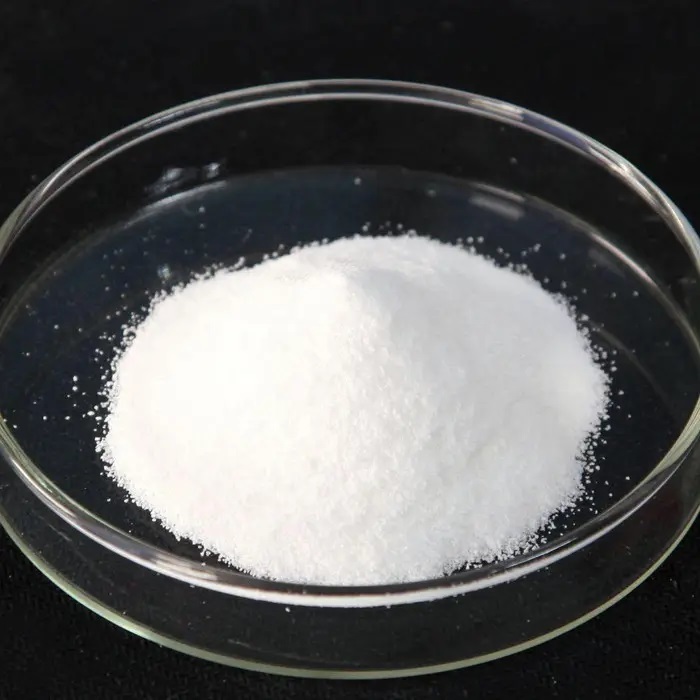Flame retardant, a functional additive that imparts flame retardancy to flammable polymers, is mainly designed for the flame retardancy of polymer materials; flame retardants include: Various types, divided into additive flame retardants and reactive flame retardants according to the method of use.
Additive flame retardants are added to polymers by mechanical mixing to make polymers flame retardant. At present, additive flame retardants mainly include organic Flame retardants and inorganic flame retardants, halogenated flame retardants (organic chlorides and organic bromides) and non-halogenated.
Organic is some flame retardants represented by bromine, phosphorus nitrogen, nitrogen and red phosphorus and compounds, and inorganic is mainly antimony trioxide, hydrogen Magnesium oxide, aluminum hydroxide, silicon-based and other flame-retardant systems.
The reactive flame retardant is used as a monomer to participate in the polymerization reaction, so the polymer itself contains flame retardant components, and its advantage is that the polymer material The use performance is less affected, and the flame retardancy is durable.

The types of textile fibers involve natural fibers, man-made fibers and synthetic fibers, among which cotton, polyester and wool fibers are used in the largest amount.
Textiles have a larger fiber surface area and because they burn more easily, fire spreads more quickly.
Dangling fabric is flammable due to its large exposed area, and flames can flicker across the surface. All conventional fabric fibers are combustible, differing only in flammability. The ignition hazard of textiles is reduced with the use of synthetic fibers.
Lightweight fabrics made of thermoplastic fibers show a certain degree of self-extinguishing due to the existence of droplet phenomenon, but heavy fabrics are due to the adhesion of molten polymer Stronger and often more flammable.
The actual purpose of flame retardant treatment of upholstery fabrics is to delay the speed of flame spread and reduce the release of toxic gases.
The flame retardant finishing methods of fabrics are:
1. Modify during the polymerization process, that is, copolymerize the flame retardant with the polymer monomer at the stage of the combination, or introduce difficult Grafting modification with combustible groups;
2. Modification during spinning, that is, adding a certain amount of flame retardant to the polymer before spinning and forming, and making the flame retardant The fuel is uniformly dispersed in the polymer melt;
3. Modification is carried out in the finishing process, that is, padding, baking, high temperature and high pressure impregnation, coating and other methods are used to fix the flame retardant on the fiber Or fabric, so as to obtain flame retardant effect.

 微信扫一扫打赏
微信扫一扫打赏

